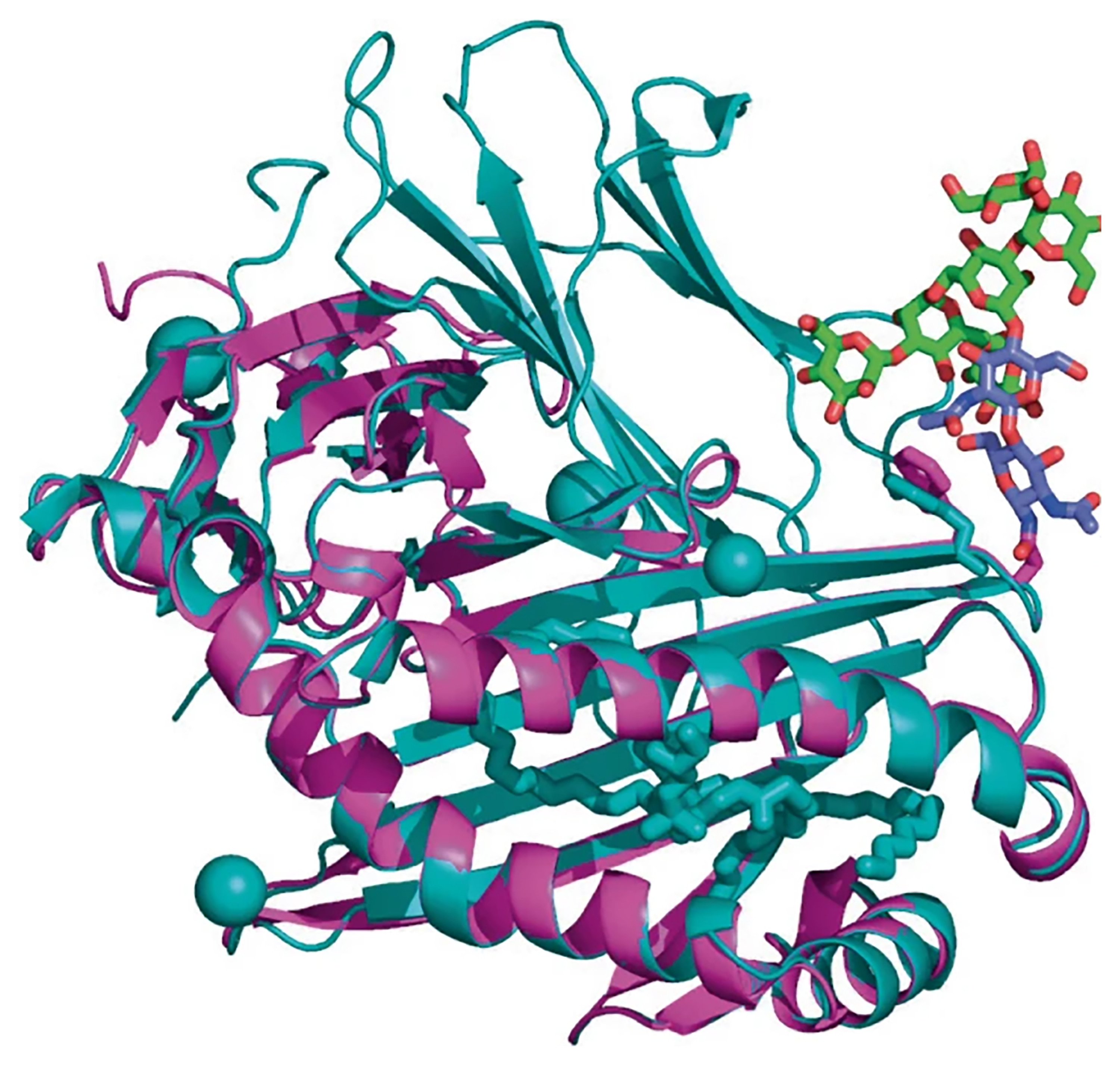Researchers turn to deep learning to decode protein structures

Twenty-eight years ago, computational biologists led by John Moult then at the University of Maryland, Baltimore, launched an ambitious, large-scale experiment designed to answer one of the most challenging open questions in biology: How can researchers determine the structure of any protein?
Structure is key to understanding biological function because a the shape of a protein directly determines what it does. But proteins are complex molecules comprising linked chains of hundreds or even thousands of amino acids, wound and folded into tortuous coils and pleats that bond and twist into myriad configurations. If that weren’t enough, proteins can also change over time, further bedeviling researchers’ efforts to define the structure of a protein in any given context. “It’s such a complicated problem with so many parameters, so many ways to go wrong,” says structural biologist Andriy Kryshtafovych at the University of California, Davis, who since 2000 has been a co-organizer of Moult’s experiment. “We couldn’t believe that it could be solved.”